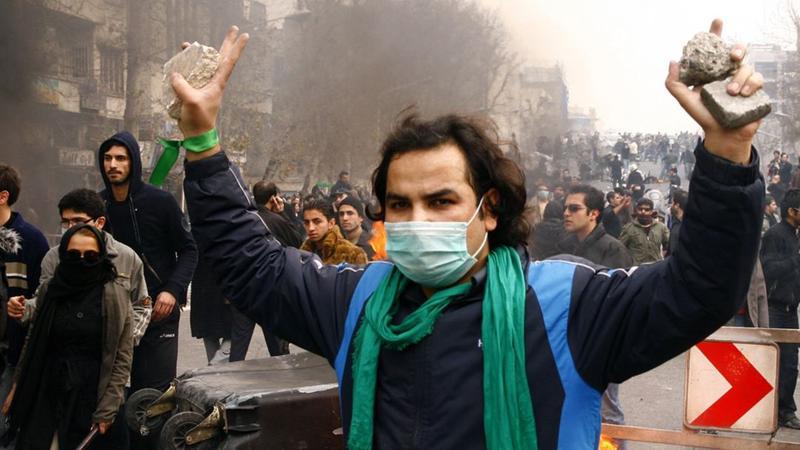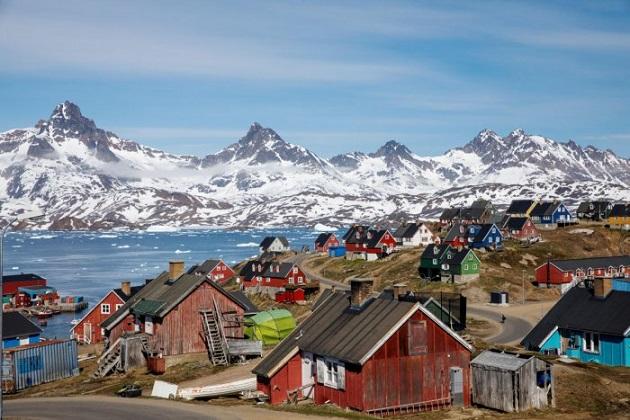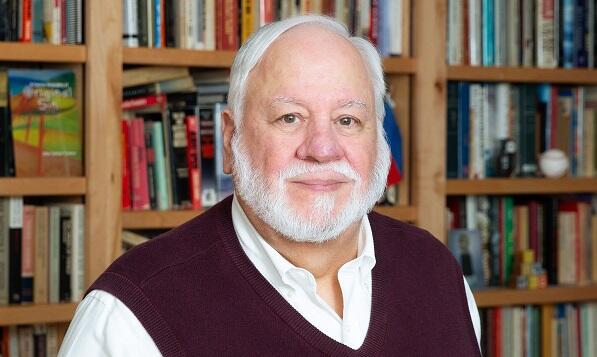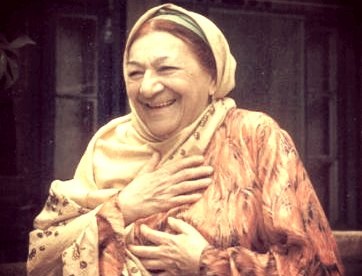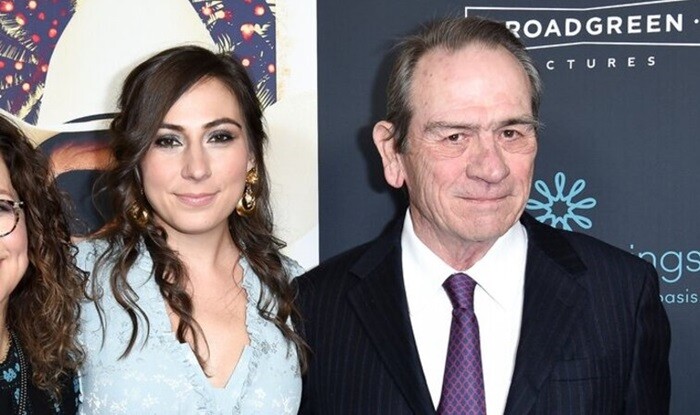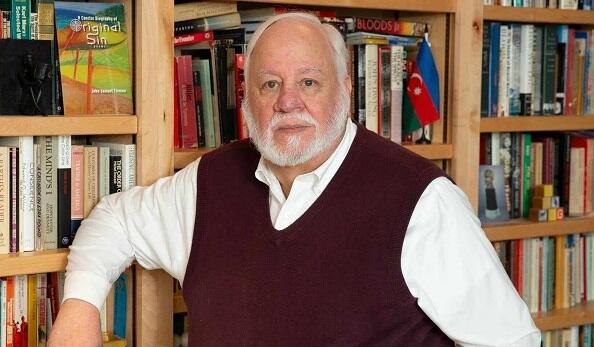Axar.az presents an article "Brown vs. Board" by John Samuel Tieman.
I taught school for forty years. The first 25, I taught in private schools. For the last 15, I taught in the St. Louis Public Schools.
I remember Stevens Middle School. Stevens was in a Black neighborhood about fifteen minutes east of my home. I could go all day and not see another white person – I'm white, just to be clear – until I came home to my wife. That said, if I taught in a public school fifteen minutes west of my home, I could go all day and not see a Black person.
On the 17th of May, 1954, the United States Supreme Court decided Oliver Brown, et al. vs. Board of Education of Topeka, et al. In a few words, with Brown vs. Board, as it's commonly known, the Supreme Court ruled that state laws establishing racial segregation in public schools are unconstitutional.
So how did I come to teach, in the early 2000s, in a segregated school? About four in ten Black and Hispanic students attend schools in which all, or almost all, of their classmates are of color. The law no longer can mandate segregation. We do it to ourselves.
“School integration exists as little more than an idea in America right now, a little more than a memory,” said Derek Black, a law professor at the University of Southern California. “It’s actually an idea that a pretty good majority of Americans think is a good idea. But that’s all.”
In the popular imagination, Brown vs. Board ended segregated schools. In reality, the decision was followed by more than a decade of delay and avoidance before school districts began to meaningfully allow Black students to enter white schools. Perhaps even more troubling is the fact that systemic racism in general has never ended. Despite the efforts of the Kennedy and Johnson Administrations, despite the famous “Kerner Commission” and its report which detailed and documented systemic racism in America, many cities in America remain starkly segregated. My home, St. Louis, is one of them.
I am the president of my neighborhood association. One day, right after I became president, I was glancing at our indenture. It was written in 1954. There are many things you would expect. No one can paint a sign on the side of their house. No billboards. I'm rather fond of the passage prohibiting the grazing of cows. Then there's this. “That no land or interest in the Subdivision shall be sold or resold, conveyed, leased, rented to, or in any way occupied used or acquired by others than those wholly of the Caucasian Race, except that the foregoing does not apply to bona fide servants employed and living with families of the Caucasian Race residing in said subdivision.” This “racial covenant” would have been would have been made at the time Brown vs. Board. It was made in blatant disregard of a 1948 Supreme Court decision, Shelley vs. Kraemer, that outlawed such covenants.
I offer my neighborhood's indenture as simply one example of the many ways my city worked to remain segregated. That segregation in St. Louis has a name, The Delmar Divide. Delmar Boulevard runs from east to west, and roughly through the middle of the city. North of Delmar, the population is 99% Black. South of Delmar, it is 73% White according to the 2014 census. The middle school in which I taught was north of Delmar.
I could at this point quote more statistics, discuss systemic racism at length, and assign blame. But I prefer to think about sadness now. Sometimes, we need to just feel the thing. The sadness of racism is that we tell someone that, because of the color of your skin, because you are black or brown, because of your religion, your culture, your language, that in this country you will forever be unloved, you will forever be unwanted. But that damage isn't only to the person who suffers the discrimination. The damage to the white is this. Racism crushes that place in the soul where all the love begins. The abolition of slavery did nothing to end the belief in a racial hierarchy that justifies systemic exploitation.
I am not a wise man. But I know I have the right question. And it is this. When white folks fly a Confederate flag, ignore segregation, multi-generational poverty, the ghetto, inadequate education, unequal opportunity, the legacy of red-lining, when we justify mass incarceration, when we elect a racist president – what is the damage to our souls?






















